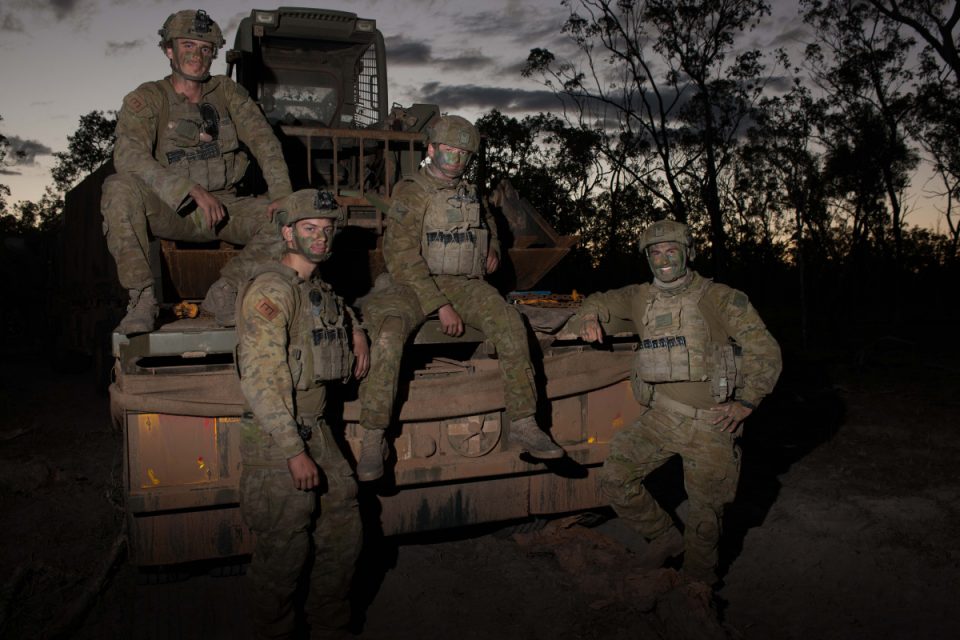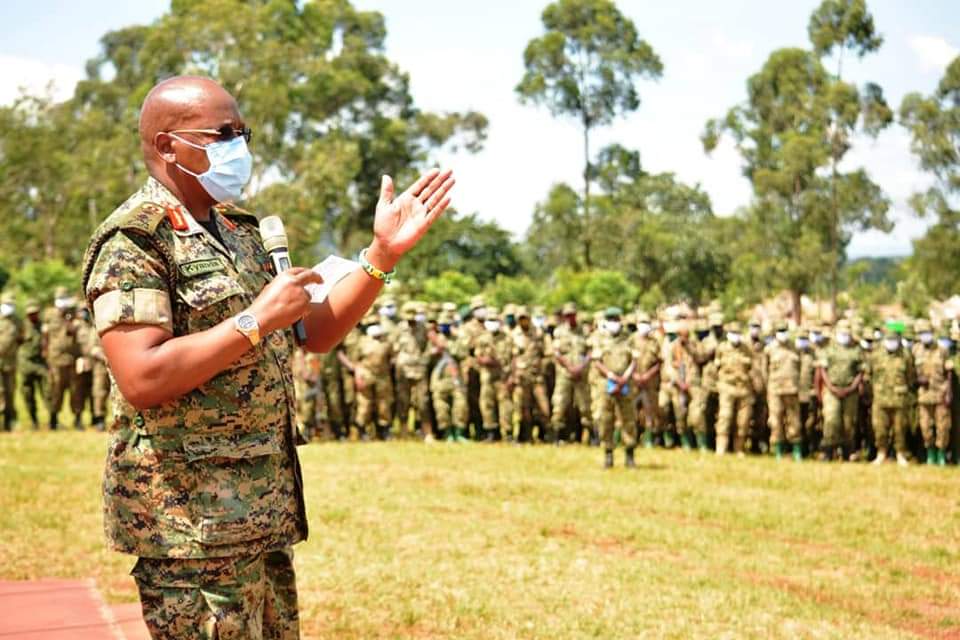
Photo courtesy Department of Defense - Defense Visual Information Center Guided-missile frigate USS Kauffman in Souda Bay, Crete, Greece, during Operation Enduring Freedom

Photo courtesy Department of Defense - Defense Visual Information Center Guided-missile frigate USS Talbot launching a target drone during a training exercise off the coast of Chile The frigate is used for anti-submarine defense.

Churchill launching a Tomahawk Missile during Operation Iraqi Freedom Photo courtesy Department of Defense - Defense Visual Information Center Destroyers now also come equipped with the ability to launch cruise missiles. They can defend against attacks by submarines and aircraft ( Nav Facts: Destroyers provides a very nice description of the evolution of destroyers). Photo courtesy Department of Defense - Defense Visual Information Center Guided-missile cruiser USS Normandyĭestroyers traditionally are defensive ships. These are offensive ships loaded with cruise missiles to strike land targets Photo courtesy Department of Defense - Defense Visual Information Center Aircraft carrier USS Kitty Hawk launching a radar-guided, air-to-air missile during a live-fire exercise However, a typical carrier battle group consists of the following ships: Therefore, no two carrier battle groups are the same. Navy forms carrier battle groups on an as-needed basis and assigns ships to the group based on the mission. The carrier battle group is responsible, therefore, for protecting the aircraft carrier at the center of the group. The enemy can attack from the air with airplanes, bombs and missiles.The enemy can attack from underwater with submarines, mines and torpedoes.The enemy can attack from the sea with boats equipped with long-range cannons and cruise missiles.They are vulnerable from several different angles: Aircraft carriers are also huge and impossible to hide. has only 12 of them, with two under construction ), they are very obvious targets for enemy forces. Right: USS Sacramento support ship, USS Reid frigateīecause aircraft carriers are so valuable, because they are so powerful and because they are so few in number (the U.S. Photo courtesy Department of Defense - Defense Visual Information Center Left: Nuclear-powered aircraft carrier USS Enterprise With a speed of approximately 700 nautical miles per day and bases on both the east coast of the United States and in Hawaii, aircraft carriers can arrive anywhere in the world in less than two weeks. This ability gives the United States incredible flexibility, because there is no need for treaties or permission from other nations. navy to move an entire airport, along with 70 to 80 fighters, bombers and support aircraft, anywhere in the world where there is an ocean. naval operations.Īn aircraft carrier allows the U.S. In this article, you will learn about these powerful collections of military force and see why they have become so important to U.S. A modern carrier battle group is nearly invincible.
BATTLE GROUP PICTURES PLUS
The aircraft carrier plus the flotilla is known as the carrier battle group. They are always escorted by an extensive flotilla of other ships. That's why aircraft carriers never leave home alone. And without protection, an aircraft carrier is extremely vulnerable. In other words, an aircraft carrier is extremely valuable. Photo courtesy Department of Defense - Defense Visual Information Center Nimitz battle group - USS Nimitz aircraft carrier, guided-missile cruiser USS Port Royal, and nuclear-powered submarine USS Annapolis - in the North Persian Gulf during Operation Southern Watch. Plus, it is carrying a small town's worth of people as well as a billion dollars in aircraft. What this means is that an aircraft carrier is worth between $4 billion and $5 billion - it is a substantial investment by itself.

They are 20 stories high and over 1,000 feet (305 m) long.If you've read the HowStuffWorks article How Aircraft Carriers Work, then you know about many of the amazing features of aircraft carriers: An aircraft carrier is incredibly valuable to the military's operations.


 0 kommentar(er)
0 kommentar(er)
